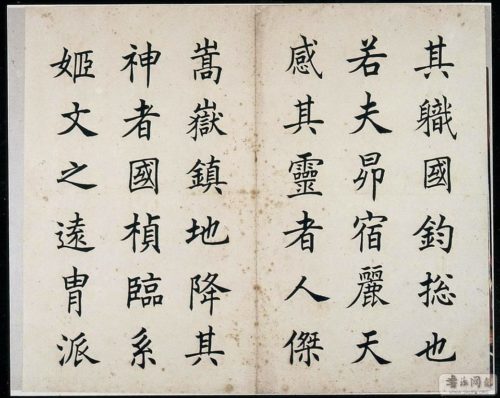Most people find the thought of learning Chinese characters quite terrifying. It is quite different compared to most languages, and with the addition of tones further making it seems to be impossible.
Like, how to memorize all of them??
However, knowing a lot of characters is very important if you want to understand the way a native speaker communicate. The textbooks or teachers that you are learning from most probably will only use the words that you have studied previously, but native speakers will not even care about that. They don’t even know what kind of book you’re using, so how can they know what words have you learned in your class?
Native speaker do not learn Chinese from your textbook, so always be prepared for some surprise 🙂
Therefore, if you studied enough words, you have a greater probability in understanding what the people are speaking. You will not be able to understand a sentence if you do not understand enough of the words that make up the sentence.
You may also wonder, how many Chinese characters do Chinese natives need to learn? Well, the number of Chinese characters (not words) they need to learn before graduating from primary school is around 2700. That’s plenty, right? But fortunately, you only need to master around 1000 characters to understand 90% of written Chinese. It is less than half of 2700.
However, 1000 characters still prove difficult if you are using the wrong method. Imagine memorizing 1000 characters at random without any clues on its characters, meaning, or pronunciation. I don’t think a native speaker will be able to do that, either.
This time, I will explain the most basic concept in learning Chinese characters: character components.
Character Components
During all this time you are learning Chinese, have you noticed that some Chinese characters have shared some similarities with each other? For example:
- 洗 and 沙,they both have 氵at the left side
- 炒 and 沙,they both have 少 at the right side
- 花 and 草,they both have 艹 at above
- 煮 and 魚,they both have 灬 at below
- 我 and 哦,they both have 我 inside it
Do you notice it? These 5 examples show that Chinese characters are not that random, actually. You can break most of the Chinese characters into smaller parts, and if they can’t be split anymore, then that small part is called a basic character or character component (such as 我 in example number 5).
Need more example?
- 好 = 女 + 子
- 安 = 宀 + 女
- 字 = 宀 + 子
- 咬 = 口 + 交
- 校 = 木 + 交
- 呆 = 口 + 木
- 杏 = 木 + 口
Do you notice it now? You can break most of the Chinese characters into smaller parts. The advantage in learning Chinese this way is that (most) of the Chinese characters are made of character components, and you can start memorizing the complex characters using this strategy.
This strategy is applicable to both Simplified and Traditional characters. Once, one of the foreign Chinese students in Taiwan was complaining how hard it is to memorize traditional characters, like this one:
邊
It is indeed hard to memorize if you don’t know the components. Imagine you have to memorize all the 19 stroke orders without knowing what is what.
I then asked him, what if we break down this character into these 4:
邊=自+穴+方+辶
It is easier to memorize, right?
Chinese characters are “puzzles”
Your ability in “breaking down” the characters plays a vital part in improving your Chinese skill.
The only thing that makes Chinese hard is that the beginners have to learn all the basic characters that seem to have no correlation at all. It is indeed frustrating to see so many “alien” and “different” characters and then memorize them, but trust me, as you learn more characters, the more you notice that Chinese characters are simply “puzzles”.
On the next blog post, we will discuss more the character components. If you find our blog interesting, please subscribe to our newsletter so that you’ll not miss any new information, and also share this to your friends. Thank you!

